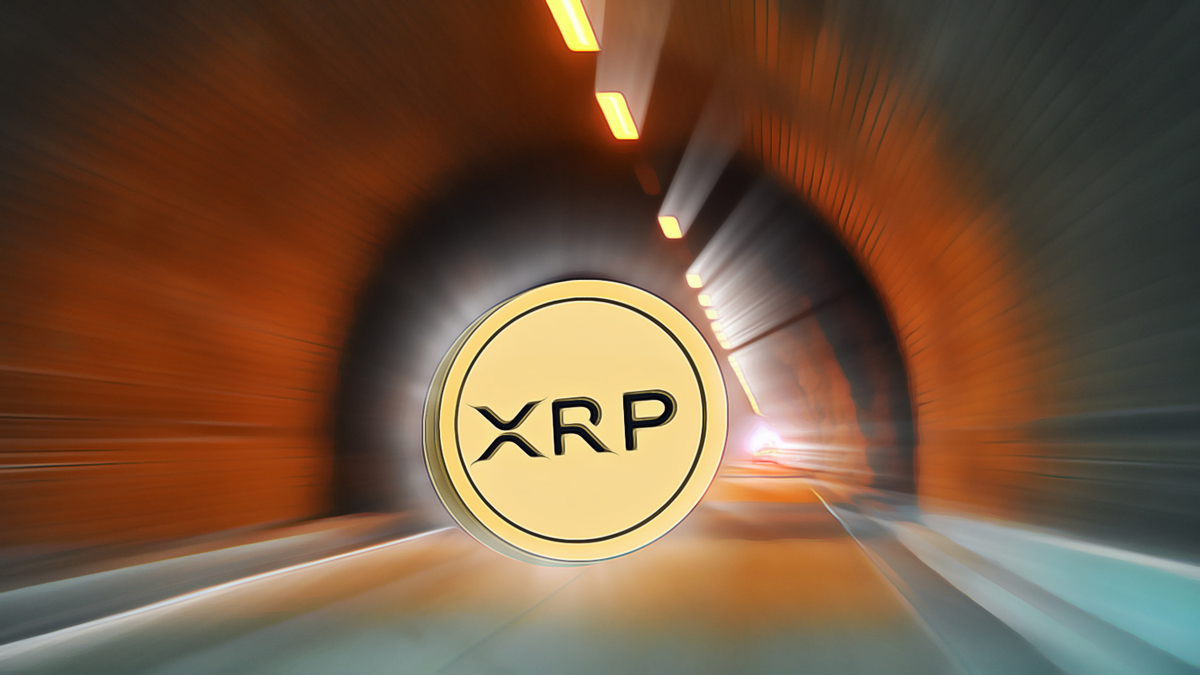In the past 2 years, Ethereum has undergone significant changes and transformations, and this will continue. It is continuing to develop regardless of its price. The transition to negative inflation will greatly affect the future of the price. However, today we will discuss what the network will do to improve its performance and benefits.
Summary: Ethereum History
Ethereum 2.0 is a series of upgrades designed to improve the performance of the Ethereum network in various ways. The journey began with the release of the Beacon Chain, which marked the introduction of the Proof of Stake (PoS) consensus mechanism to Ethereum, in December 2020. Time flies, and everyone was counting down the hours with enthusiasm for the Merge during the most intense period of the bear market. Now, billions of dollars worth of Ether have been permanently removed from circulation as a result of this transition.
Since the release of the Beacon Chain in December 2020, there have been many important developments. For example, the Berlin and London upgrades, which introduced Ethereum Improvement Proposal 1559 (EIP-1559), were critical and brought about a major innovation in transaction fees. The Altair and Arrow Glacier upgrades further enhanced the functionality of the Beacon Chain.
Following these upgrades, the Gray Glacier, Bellatrix, and Paris upgrades, collectively known as the “Merge,” were carried out in 2022. This successfully transitioned Ethereum from Proof of Work (PoW), where miners are responsible for block production, to Proof of Stake (PoS), where validators stake ETH instead.
The latest update in Ethereum’s roadmap was the Shanghai Upgrade in April 2023. This upgrade, which includes EIP-4895, allowed ETH validators to unlock their staked ETH within the network. As a result, staked ETH and related rewards became accessible, significantly increasing ETH liquidity in the cryptocurrency market.
During the Ethereum Shanghai upgrade, the Beacon Chain also received a Capella upgrade, which allowed validator nodes with staked ETH to update their withdrawal keys and prepare for the Shanghai Upgrade by publishing this information following the Capella upgrade of the Beacon Chain.
Future: What Will Happen to Ethereum?
Danksharding is the third major upgrade stage focusing on horizontal database scalability in Ethereum 2.0. This development will distribute the responsibility for managing large data generated by Layer-2 rollups. Unlike the traditional sharding model, Danksharding will use distributed data sampling among blobs to make Ethereum more scalable, reduce data storage costs, and enable everyone to be a validator. This increased accessibility will lead to more decentralization and enhanced security.

EIP-4844, or Proto-Danksharding, is the first step towards achieving full Danksharding. It aims to address Ethereum’s scalability issues by temporarily expanding the transaction volume in the network with a temporary solution, increasing the block size to 2 MB. This will reduce gas fees for users and make the network more efficient.
Proto-Danksharding provides temporary data blobs that can be seamlessly transmitted and attached to blocks. These blobs allow for the provision of inaccessible data to the Ethereum Virtual Machine (EVM), which automatically deletes them within a specific time frame (one to three months). This update will significantly reduce collection costs and ultimately provide end users with more affordable transaction options.
Full Danksharding is the ultimate evolution of rollup scaling derived from Proto-Danksharding. This stage will increase the number of blobs added to blocks from 1 to 64 and provide a massive storage space for compressed transaction data of rollups to be easily stored. This upgrade will also offer seamless support for hundreds of separate rollups and make millions of transactions per second (tps) a concrete reality on the Ethereum network.
While the full implementation of Danksharding may take several years, Proto-Danksharding may come earlier. EIP-4844 is at an advanced stage with agreed-upon specifications and prototypes already implemented on the client side. After the successful conclusion of the Shanghai upgrade, these changes can be implemented on a public test network. Some experts believe that Ethereum may gain sharding capabilities by the end of 2023 or the beginning of 2024.
Conclusion
Cryptocom (CRO) experts believe that these upgrades will help the network to be adopted faster. The future of Ethereum is filled with exciting developments and upgrades aimed at making the network more scalable, secure, and sustainable. Along with the upcoming Danksharding upgrades, Ethereum 2.0 roadmap will make the Ethereum network more attractive to developers, users, and traders.
The decrease in token inflation and the increase in network activity, resulting in increased burning, are important details that will lead to a better point. Therefore, long-term investors foresee a bright future for ETH.


 Türkçe
Türkçe Español
Español











very good
New Development cryptograpi coin